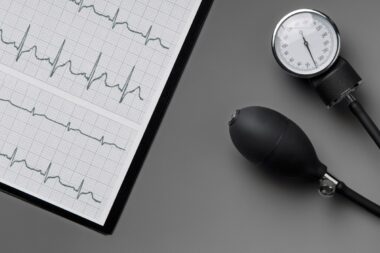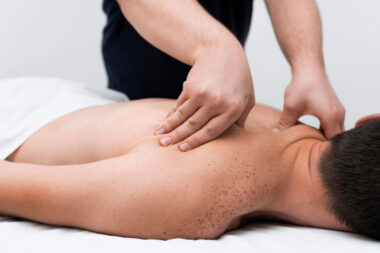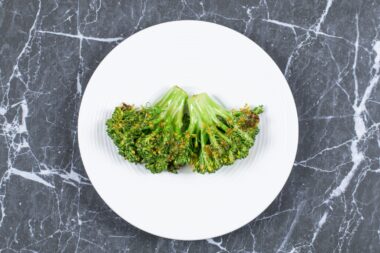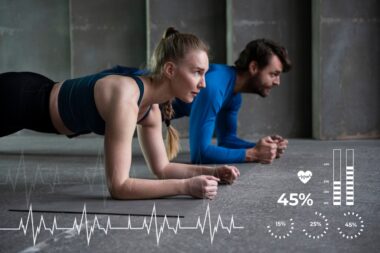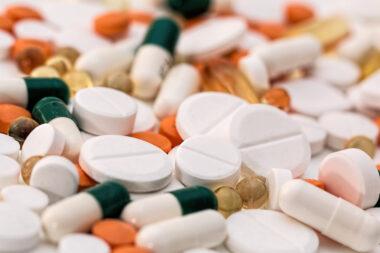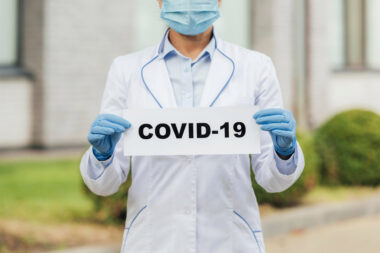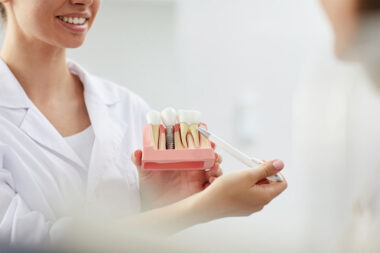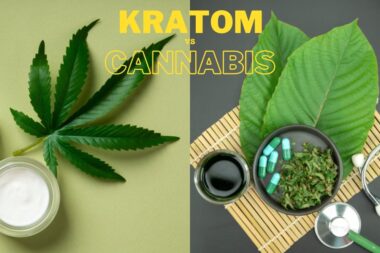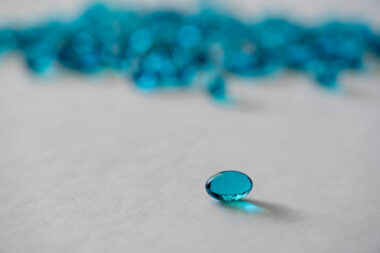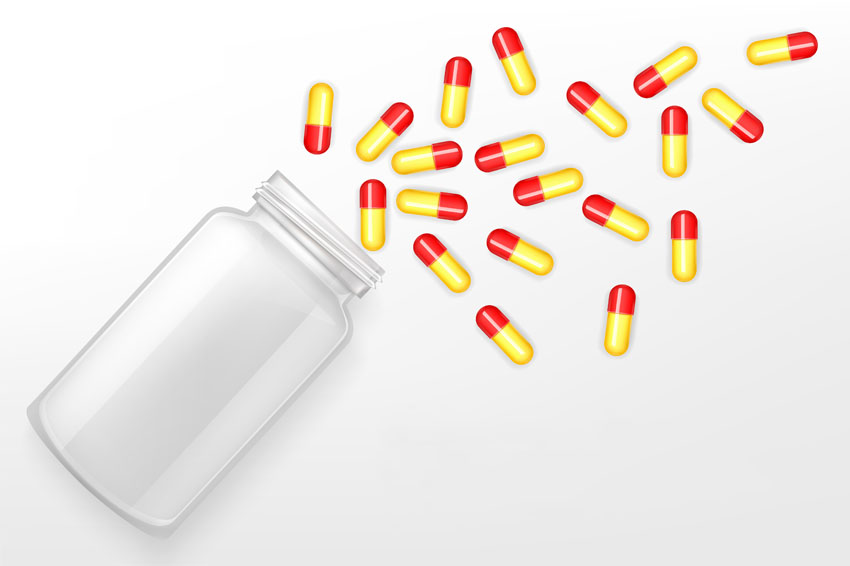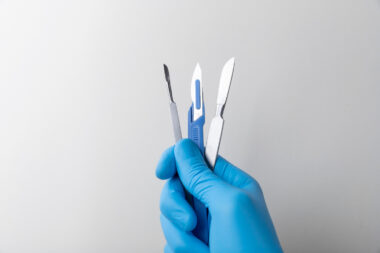Nonsteroidal anti-inflammatory drugs (NSAIDs) are painkillers that may help reduce pain and inflammation, but they may also cause side effects to your body. The most commonly used NSAIDs include ibuprofen, aspirin, and naproxen.
A growing body of research now suggests that an alternative might achieve the same relieving effects with fewer unwanted reactions. Let’s explore some of the natural alternatives we can use for pain or inflammation.
1. Ginger & Curcumin
The powerful anti-inflammatory ginger has in fact been shown to be more effective than drugs like ibuprofen for pain relief, according to a 2013 study published in the journal Arthritis. The study revealed that drugs like Tylenol or Advil do block the formation of inflammatory compounds.
Ginger, however, “blocks the formation of the inflammatory compounds – prostaglandins and leukotrienes – and also has antioxidant effects that break down existing inflammation and acidity in the fluid within the joints,”
Ginger is also great for reducing gut inflammation and digestive issues.
Curcumin, the darling of the anti-inflammatory compounds is among the most researched and proven compounds for inflammation and pain relief.
It also improves circulation and prevents blood clotting. Turmeric’s active ingredient curcumin is responsible for lowering the levels of two key enzymes in the body that cause inflammation. [15]
2. White Willow Bark
The original Aspirin, white willow bark contains salicin which, in the stomach, converts to salicylic acid—the primary component of Aspirin. Synthetically, it can irritate the stomach, but naturally, through white willow bark, it is effective in relieving pain, inflammation and fever. The recommended dose is 1 to 2 dropperfuls of white willow bark tincture daily.
3. CBD
Ahh, the crem de le crem. We’re finally at my pride and joy, CBD. This was the first thing I turned to as an alternative to Ibuprofen, and when given an option it’s still my go to. Shameless plug, sure, but this stuff does work.
It penetrates deep into the muscle and joint tissues similar to magnesium lotion (you’ll learn about that next). The powerful cannabinoids in CBD are anti-inflammatory and can even reduce cortisol before a big game. Brothers N Arms has a CBD Salve (lotion), and a CBD Chill Gel.
And no, it will NOT make you drowsy or sleepy before a workout
The CBD Salve is best for everyday use for chronic and acute muscle and joint pain and soreness. While we’ve found the Chill Gel best for an extra boost of pain relief right before working out.
4. Magnesium Lotion
No, NOT magnesium oil. That stuff is messy, and can ruin your clothes and sheets.
Magnesium lotion is a whole nother beast. So what is magnesium lotion?
It’s pretty damn close to what it sounds like, lotion formulated with magnesium. The one that I’ve found to be the best is by Ancient Minerals. It’s formulated for even the most sensitive of skin and designed to deliver magnesium through the dermis, directly to the cells, where it can relax muscles and combat calcium build-up from muscle micro-tearing.
Give it a shot, I’ve seen nothing but goods so far.
5. Cryotherapy
Sudden and intense cold exposure helps you release cold-shock proteins, a special class of proteins that decrease inflammation and speed up recovery. [1]
To really get the benefits of Cryotherapy you can use a Cryotherapy chamber, hop in an ice bath or do a cold plunge. Cryotherapy’s benefits go far beyond inflammation, too. Get a full breakdown of how cryotherapy upgrades your biology. [2]
6. Sulfur Rich Foods
Where do you get all these sulfury foods?
No, you don’t need to eat a ton of rotten eggs to get sulfur. Sulfur compounds are some of the most abundant and important compounds for immunity and inflammation. This includes the master antioxidant glutathione.
Sulfur is found in methionine, which is an essential amino acid found abundantly in meat, fish, eggs, and dairy. Not to mention methionine’s important role in producing glutathione in your methylation cycle.
Sulfur is also abundant in many plants in the form of organosulfur compounds. [13] Some foods include brassicas such as Broccoli, Kale, cauliflower, Arugula and alliums like Garlic, Onions, and scallions.
A variety of garlic sulfides have been shown to protect the body from peroxidative damage and upregulate glutathione production. [14] Sulforaphane, an organosulfur compound found in broccoli, cabbage, Brussels sprouts, and cauliflower, inhibits mitochondrial permeability and reduces oxidative stress by increasing glutathione activity. [15]
7. Anything Collagen Based
According to Ben Greenfield, studies have verified in both human and rodent models for pain, repair and absorption that a dose of collagen, at as little as 1-2g a day can produce a significant improvement in joint comfort, and that subjects with the greatest joint deterioration – and with least intake of meat protein in their habitual diets – benefited the most. [7] [8] [9] (Read that sentence again my plant-based diet friends!)
On a related note, a systematic review concluded that hydrolyzed collagen has a host of positive therapeutic effects on osteoporosis and osteoarthritis, is protective of cartilage, and decreases pain. [12]
8. Pulsed Electromagnetic Field Therapy (PEMF)
Physical therapists use PEMF to heal fractures and torn cartilage faster, and surgeons recommend it as a post-op way to minimize soft tissue inflammation. [4] [5] Personally, I’ve used it to help post-workout to delay DOMS (Delayed onset muscle soreness).
A PEMF machine sends electromagnetic pulses through your muscle tissues, gently stimulating anti-inflammatory and repair compounds.
PEMF therapy is available at a physical therapist’s or chiropractor’s office. It costs between $30 to $60 per session. Or, if you’re more proactive you can get PEMF equipment to use at home, but it ain’t cheap. The cheapest PEMF mats go for $1,300 or more.
9. Transcutaneous Electrical Nerve Stimulation (TENS)
TENS is another powerful tool for pain and inflammation. It’s fairly similar to PEMF but uses electrical stimulation. And it feels pretty damn weird too to be honest (but in a good way).
What TENS does is send a mild electrical current through muscle and soft tissue, gently stimulating specific repair compounds and pain-relieving endorphins. [6] [10] Not to mention: TENS can also be used to boost your resilience to stress! [8]
Are these Ibuprofen alternatives really as effective?
Believe it or not, Mother Nature does know best. These herbs and therapies for pain management are not just as effective as Ibuprofen and other OTC pain relievers, but they are actually MORE effective and have fewer side effects.
Sounds like an infomercial right? Yeah, we know. But that doesn’t make it any less true!
Takeaways
Ibuprofen may be “effective” at reducing inflammation temporarily, but at what cost? Permanent damage to your body isn’t worth a few hours of not feeling sore. Do yourself a favor and get ahold of a natural alternative!
Do you have any go-to alternatives for pain or inflammation? Any bad experiences with NSAIDs? I want to hear about your natural pain remedies in the comments. Thanks for reading, and don’t forget to subscribe below for more biohacking advice.
References
(1) https://link.springer.com/article/10.1007/s00109-014-1136-3
(2) https://blog.daveasprey.com/freeze-away-inflammation-with-cryotherapy/
(3) https://blog.daveasprey.com/natural-pain-relief/
(4) https://www.ncbi.nlm.nih.gov/pmc/articles/PMC3669296/
(5) https://www.tandfonline.com/doi/abs/10.1080/15368370701580806?journalCode=iebm20&
(6) https://www.ncbi.nlm.nih.gov/pmc/articles/PMC2746624/
(7) https://www.ncbi.nlm.nih.gov/pubmed/22500661
(8) https://www.ncbi.nlm.nih.gov/pubmed/19212858
(9) https://www.ncbi.nlm.nih.gov/pubmed/17076983
(10) https://www.ncbi.nlm.nih.gov/pubmed/8892136
(11) https://www.ncbi.nlm.nih.gov/pubmed/28213205
(12) https://www.scielo.br/pdf/rbgg/v19n1/1809-9823-rbgg-19-01-00153.pdf
(13) https://en.wikipedia.org/wiki/Organosulfur_compounds
(14) https://www.ncbi.nlm.nih.gov/pmc/articles/PMC6412746/
(15) https://lpi.oregonstate.edu/mic/dietary-factors/phytochemicals/curcumin
This article is published by our independent team of health and wellness pundits that publish original and informative content to empower readers to take charge of their health and embark on a physically, mentally, and emotionally balanced lifestyle.

